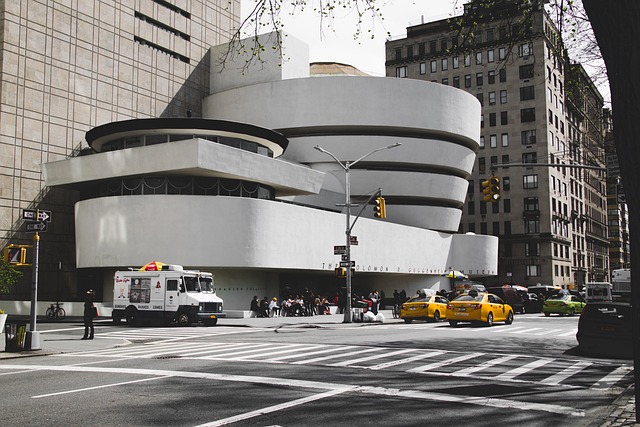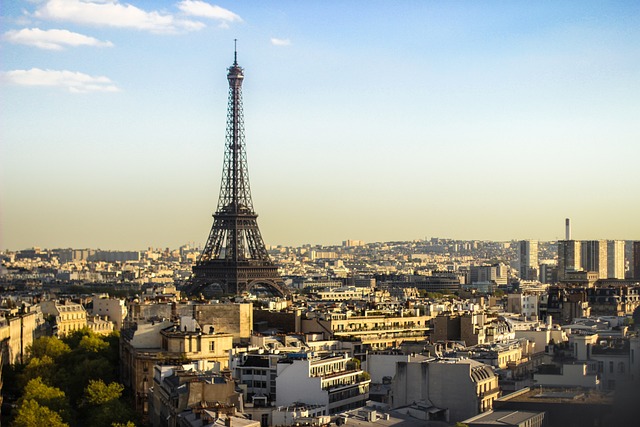Unearthing History: Behind the Scenes of Museum Tours
The Allure of Museums
Museums have long been the custodians of our cultural heritage, offering visitors a gateway into worlds both familiar and unknown. With each exhibit, they narrate a story, one that transcends time and geography. Yet, while most visitors experience only the finished product, there lies a rich tapestry woven behind the scenes, where curators, historians, and artisans labor to bring history to life.
Curatorial Practices: The Art of Selection
At the heart of any museum tour is the selection of artifacts and artworks destined for display. Curatorial practices involve meticulously choosing pieces that best represent a theme, period, or cultural narrative. Curators must balance historical significance with contemporary relevance, ensuring that the items resonate with today’s audience.
During the selection process, curators often conduct extensive research, diving deep into archives and databases to discover hidden gems. This process may involve consulting with archaeologists, historians, and even local communities to gather varied perspectives, ensuring a comprehensive approach.
Exhibition Design: Crafting the Visitor Experience
Once artifacts are selected, the next step is designing the exhibition. This is where art blends with architecture, as designers create spaces that not only house the items but also enhance their narratives. Effective exhibition design considers lighting, placement, and flow, guiding visitors through a journey that is both educational and emotionally engaging.
Many museums utilize thematic zones or narrative arcs to enhance storytelling. This can range from chronological timelines to thematic clusters, allowing visitors to explore connections and contextual relationships between artifacts. Designers often collaborate with artists and multimedia specialists to integrate technology, further enriching the visitor experience with interactive features that engage multiple senses.
Conservation: Protecting Our Past
A critical behind-the-scenes function in museums is conservation. Conservators are trained specialists whose job is to preserve artifacts from the ravages of time, handling the delicate balance between restoration and authenticity. They assess each item, identifying its materials and original manufacturing techniques to create a tailored preservation strategy.
This process can be time-consuming and intricate. For example, a textile conservator might require months to repair a faded and fragile banner, while an archaeologist could spend years on a single artifact unearthed from a dig site. The ultimate goal is to maintain the object’s integrity while ensuring it can be showcased to the public.
Educational Programming: Engaging the Community
Museums play a pivotal role in education by fostering connections between artifacts and the communities they serve. Behind the scenes, educators and public programs specialists design tours and workshops tailored to various audiences, from school groups to adult learners. They create curricula that align with academic standards while also addressing contemporary issues, such as diversity and inclusion.
Moreover, interactive elements—like hands-on exhibits and guided tours—are integral to this educational mission. These programs invite visitors to engage directly with history, encouraging personal connections and reflective experiences. For instance, reenactments or live demonstrations can captivate visitors, turning abstract historical concepts into tangible realities.
Guides and Docents: The Faces of the Museum
Once visitors step into a museum, their experience is often profoundly influenced by the guides and docents. These individuals are the storytellers who breathe life into the artifacts, connecting the dots for visitors through insightful narratives. Well-trained guides possess not only extensive knowledge of the exhibits but also the skills to engage diverse audiences.
Docents often conduct tours that reflect their unique perspectives. Many are volunteers, who passionate about history and culture, and bring personal anecdotes or experiences that enhance the narrative. Training programs equip them with the skills to lead tours effectively, fostering an engaging environment that encourages dialogue and inquiry.
Visitor Feedback: Adapting Exhibitions
To ensure that exhibition designs resonate with audiences, museums actively seek visitor feedback. Surveys, comment cards, and structured interviews provide valuable insights into personal experiences and perceptions of exhibits. By understanding how visitors interact with displays, museums can make informed adjustments to improve future offerings.
This iterative process enhances engagement and educates museum staff about broader societal trends and changing public interests. For instance, a surge in interest in sustainability may prompt museums to develop new exhibits focused on environmental conservation. By adapting to audience feedback, museums become dynamic spaces that evolve alongside societal changes.
The Role of Technology in Modern Museums
Advancements in technology have revolutionized the way museums present history. Digital tools allow for interactive experiences, bringing a new layer of engagement to exhibitions. Augmented reality (AR) and virtual reality (VR) experiences can transport visitors to historical settings, offering immersive lessons that were previously unimaginable.
Furthermore, museums increasingly utilize online platforms to reach wider audiences. Virtual tours, educational webinars, and online databases allow people who cannot visit in person to experience collections from around the world. This democratization of culture offers greater accessibility, allowing communities and individuals to engage with history on their terms.
The Global Perspective: Museums Around the World
Museums are not just local institutions; they play a vital role in the global narrative of history and culture. From the Louvre in Paris to the British Museum in London, these institutions represent the confluence of diverse histories and experiences. Each museum tells its story based on the artifacts it houses and the communities it serves, showcasing the interconnectedness of world cultures.
International collaborations and traveling exhibitions enable museums to share their collections with a global audience. This fosters mutual understanding and appreciation of diverse heritages. As museums explore the narratives of colonization, migration, and globalization, they contribute to an ongoing dialogue about the shared past and its implications for the present and future.
Challenges Faced by Museums
Despite their invaluable role, museums face numerous challenges. Funding cuts, changing visitor demographics, and a growing demand for digital content are all pressing issues. Balancing preservation with accessibility poses an ever-present dilemma, particularly as they strive to engage younger generations who may be more inclined toward digital experiences.
Moreover, museums are challenged to confront their narratives critically, often reassessing the stories told through their collections. This can lead to complex discussions about restitution, representation, and the consequences of historical narratives shaped by power dynamics. Museums today must navigate these multifaceted issues, striving for inclusion and equity in the telling of history.
The Future of Museum Tours
As we look to the future, museum tours will undoubtedly continue to evolve. The incorporation of technology, innovative educational programs, and a focus on community engagement will shape new experiences. Curators and educators will continue to adapt to changing audience dynamics, ensuring that museums remain relevant and engaging places for all.
Ultimately, museum tours will always be about connection—whether it’s connecting visitors to the past, to one another, or to new ideas. Unearthing the layers of history, understanding the stories behind artifacts, and fostering critical dialogue are at the heart of what museums strive to achieve. Sharing these narratives not only enlightens us to our shared human experience but also inspires future generations to explore, question, and reflect on the world around them.
Conclusion: The Indispensable Value of Museums
Museums serve as vital reservoirs of knowledge and culture in an increasingly complex world. Behind the scenes, a dedicated team of professionals works tirelessly to craft experiences that educate and inspire. By uncovering the processes that shape museum tours, we gain a deeper appreciation for these spaces of learning and exploration. In unearthing history, we not only preserve the past but also weave a tapestry of culture that continues to resonate in our present and future.


